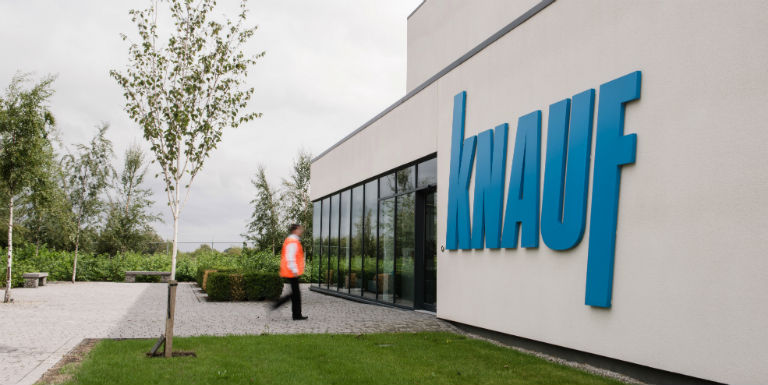Britain’s most extensive construction project, HS2, is proving to be a catalyst for the growth of small businesses. Recent data reveals that HS2’s civil contractors doubled their spending with SMEs (companies with 250 or fewer employees) in the financial year 2022/23 compared to the previous year. Small and medium-sized businesses, constituting over 70% of HS2’s supply chain, collectively received a substantial £942 million—a significant increase from the £456 million spent in the preceding year. This injection of funds provided a welcome uplift for construction companies nationwide grappling with challenges tied to rising inflation and supply chain disruptions from the pandemic and the conflict in Ukraine. The magnitude and pace of HS2’s construction in that year reached its zenith, with the project hitting peak construction and the workforce reaching a record-breaking 30,000. Robin Lapish, HS2’s Supply Chain Lead, expressed, “From the outset, we set ambitious targets to ensure that UK-based SMEs would benefit from HS2’s extensive construction programme. Our contractors, through their procurement processes, embraced the challenge, resulting in just under a billion pounds flowing into small businesses across the country in a single year of our civil engineering programme.” “2024 promises to be another year of opportunity, with a procurement pipeline worth over £1 billion set to be released by our construction partners, along with the award of our railway systems contracts totalling £5 billion. We want to see more local businesses stepping forward and benefiting.” In the financial year 2022/23, HS2’s seven construction partners (stations and civils) achieved an impressive combined average of 20% total spending with SMEs. Align JV and EKFB JV, responsible for delivering the central sections of the HS2 route, surpassed the average, with respective total spends of 33% and 26%. EKFB JV’s commitment to supplier diversity was acknowledged by the Chartered Institute of Procurement and Supply in 2020 when it received the ‘Best Initiative to Build a Diverse Supply Base’ award. Chris Read, Supply Chain Management Lead at EKFB JV, attributes the team’s early focus on achieving supplier diversity to its continued success. Chris added, “We developed a detailed action plan as soon as we secured our civils contract with HS2 Ltd, setting out a procurement approach that would ensure both SMEs and local businesses benefitted.” “Today, 70% of our supply chain consists of SMEs, and in the last year, 20% of EKFB’s contracts were awarded locally. Making a difference to local communities and British businesses is just one of the legacy benefits of HS2, and we’re proud to be a key contributor.” Haulage specialist Vaughan Plant Haulage LTD, among the many SMEs benefiting from repeat contracts, has experienced substantial growth since joining forces with Align JV on HS2. The Denham-based firm has seen increased exposure and business opportunities, leading to the recruitment of more staff from the local area. John Vaughan, Managing Director at Vaughan Plant Haulage LTD, stated, “Since beginning work on HS2, Vaughan Plant Haulage LTD has benefited from the spotlight HS2 has shone on our business, leading to more exposure in our industry and therefore further work.” “Naturally, the upturn in work has meant we have been able to employ more skilled staff, most of which are local to the project. Working with HS2 has proved to be very beneficial to our business and many other local businesses now presented with new opportunities that were not there before.” All subcontract opportunities with HS2’s stations and civils construction partners are posted on CompeteFor approximately two weeks before the procurement process begins. Interested suppliers can view and download the subcontract procurement pipeline on the HS2 website. Companies of all sizes can express an interest in winning work with HS2 and its contractors by registering their details on CompeteFor. For information and advice about becoming an HS2 supplier, read HS2’s Supplier Guide or email scc@hs2.org.uk. Building, Design & Construction Magazine | The Choice of Industry Professionals














